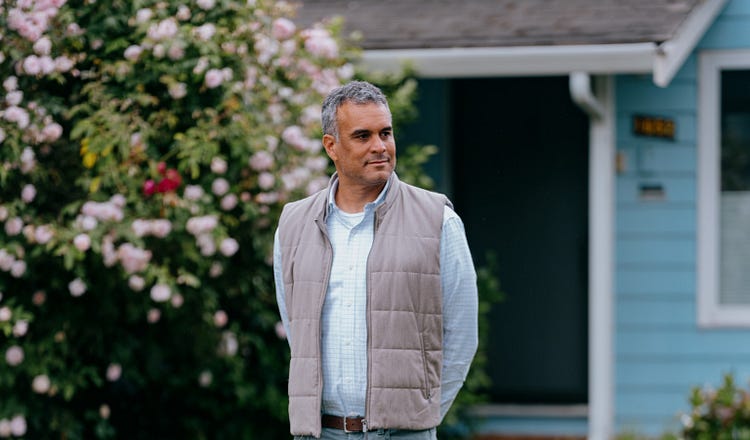What Happens After the End of Affirmative Action?

David Malcolm Carson in San Francisco, CA. (Aaron Wojack for The Free Press)
The Supreme Court is expected to rule that colleges can no longer rig for racial diversity. Some say ‘that’s dangerous and cruel.’ Others say it’s about time.
649
When he was growing up outside San Francisco in the seventies and eighties, David Malcolm Carson almost never thought about race or affirmative action.
Carson’s mother is Jewish; his father, black. His friends were a racial and ethnic smorgasbord.
In high school he started to cast about for an identity, and became more aware of his blackness.
“I began to…
Continue Reading The Free Press
To support our journalism, and unlock all of our investigative stories and provocative commentary about the world as it actually is, subscribe below.
$8.33/month
Billed as $100 yearly
$10/month
Billed as $10 monthly
Already have an account?
Sign In

